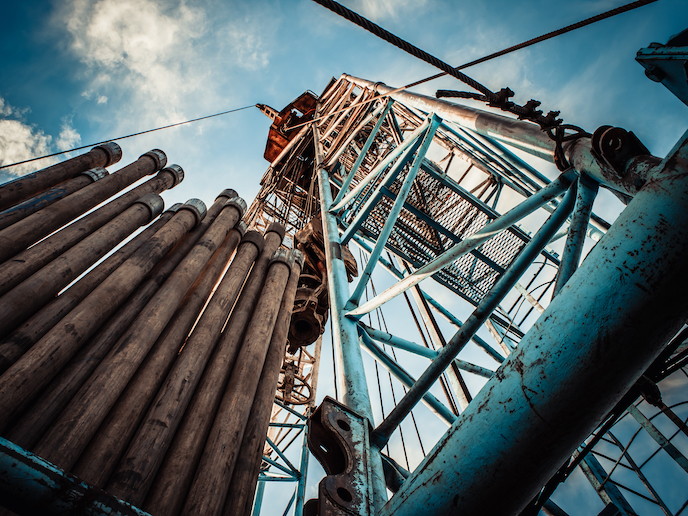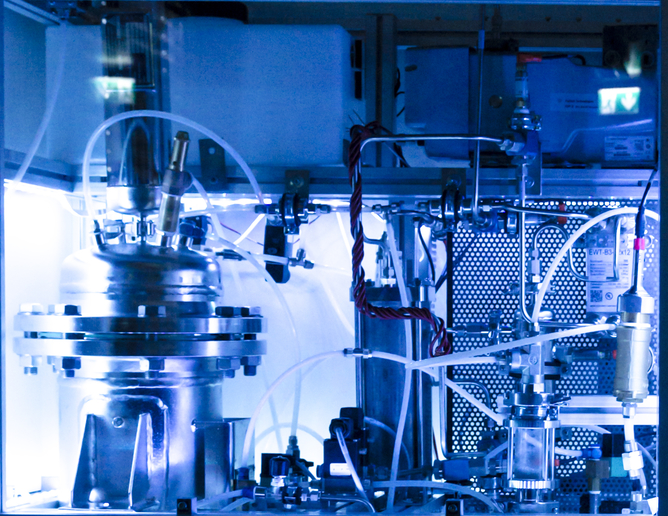A decision support system for shale gas extraction plans
Shale gas might be off the table in Europe, but not many experts would dare declare it dead for good. Imagine soaring oil prices, or trade/political issues with one of the countries from which we import natural gas. Decision makers would be faced again with the difficult task of assessing the environmental impact of shale gas. And even if they acknowledged the dominant scientific position that environmental impacts are not just limited to noise and methane emission, where exactly is the limit between acceptable and unacceptable collateral damage? IANEX – a project undertaken with the support of the Marie Curie programme – aims to support decision-making with a system that provides an ‘option space’ where consequences and impacts can be understood by all parties. “The system works in two ways,” says Dr Cristina Madrid-Lopez, coordinator of the project. “First it helps discard economically unviable or environmentally unfeasible options. Then, it enables everyone to check the robustness of the results provided and anticipate how likely and important the consequences of the choices they make will be, for them and for others.” Project investigations began with a case study in Pennsylvania. Perhaps one of Dr Madrid-Lopez’ most important discoveies there was the existence of ‘demographics of shale gas’, a new angle of observation taking into account the age of the wells in the modelling of water-energy relations. “I was able to define three functional stages in the life of a well: drilling, production and decay. We already knew that gas wells are productive during about two years and become a load for the system after that. But when considering all wells in a given area and their age phases, I found that the whole system never reached the energy and economic breakeven points. The surplus produced in the short phase of production does not cover the expenses required by drilling and the handling of the decay,” Dr Madrid-Lopez explains. Another interesting observation from the Pennsylvanian case lies in how, while wells tend to use more water in early life, methane leakage follows an opposite pattern. A drilling pattern of 10 wells per year over 10 years, for instance, will have more environmental impact than a plan to drill 50 wells per year over two years. “This is an important point when considering that the temporal distribution of the development of the activity is typically neglected in planning,” Dr Madrid-Lopez notes. From there on, Dr Madrid-Lopez focused on an EU scenario where the void left by the Groningen fields in the Netherlands – which will be closed by 2030 – would be filled by Poland. She tested two options, one with a low-density, rapidly growing industry and one with a high density, slower pattern. Against all odds, the low-density scenario turned out to be less impacting and more productive. But neither reached Groningen levels of production. Whilst IANEX’ decision support system is still a proof of concept, it can already be used to assess shale gas and other fossil fuel-related policy drafts. Among the most important aspects for EU decision makers to consider are the probability of meeting energy demand in light of investment and productivity of complete well populations. They also need to take on board the necessity of ensuring that economic and energy benefits are worth the risk of environmental damage (and consider a low drill density scenario when they are). Realistic targets for shale gas extraction need to be defined, bearing in mind their limited lifetime. Finally, decision-makers have to consider how to invest locally, to handle production and in prevision of the time when no more gas will be supplied.







